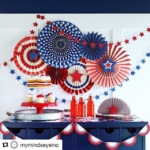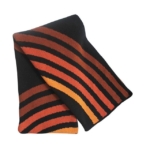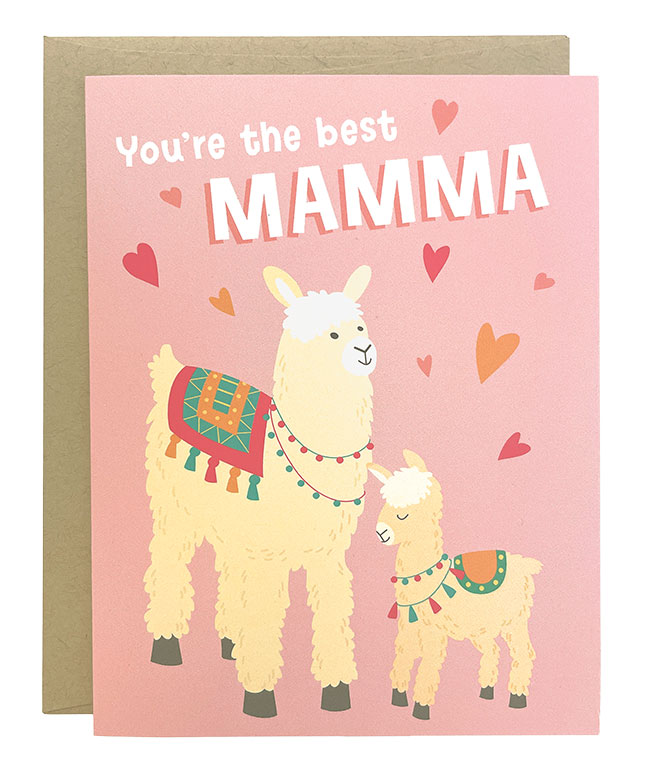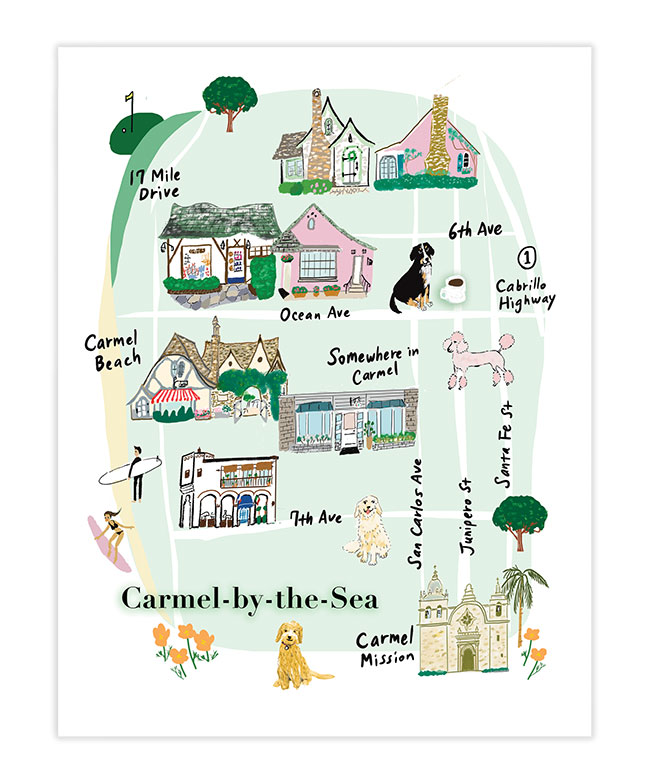Features Product Features
October 8, 2016 •
What’s Write

With Sympathy
How to comfort the bereaved with courtesy & care

Q: One thing that may never be replaced digitally is sympathy notes and cards. These seem to endure in a way cards for other occasions do not. What parameters do you recommend I pass along to my customers in terms of the types of sympathy cards and stationery to use (or not use), and the messages to convey (or not convey)? And what should the person who has suffered a loss know about how to respond?
A: This is such an important topic, and I love that this type of correspondence is on your mind. Expressing our support and love in writing is important, but not always easy. It’s hard to know which words to put down on paper. So often, we overthink and under-write — that is, if we write at all. The best thing we can do as an industry is to encourage people reach out in something beyond a Facebook message and empower them with authentic words to say.
There are a few options for which type of stationery to use. Helping guide your client will all depend on how close he or she is to the recipient or the deceased. Perhaps the recipient is a colleague or someone that your client doesn’t know well. In this case, a prewritten card with a short message my help convey his or her sympathy when not as emotionally connected to the person or situation.
If your client is a close friend, he or she will want more space to write. Personalized stationery, and particularly a half-note, will allow the space to share love, memories and support. A card wit ha short message and ample space for writing would also be appropriate.
The right words can be tricky. It really depends on the relationship with the receiver and the deceased. It’s okay for a message to be as short as one to two sentences, or as long as a couple of pages. The closer you are, the more you should write.
What to say
- Express your sympathy.
- For someone you know/knew well, add a memory or something kind about the deceased.
- Explain that he or she is in your thoughts or prayers. (Keep in mind that expressing your prayers may not always be welcome, and even if you choose to do so on your own, including it in the note ay not bring comfort and peace. In all things, remember that a sympathy card is about the person experiencing the loss and what he or she finds most comforting.)
- Offer to help. If you do this, make sure you follow through or stay in touch so you are available when needed.
Shop Talk
When it comes to helping clients navigate sympathy notes and cards, assuring them that it’s the right thing to do may not be enough. Sometimes clients are looking at us, as industry professionals, to help them know exactly what they want to do through life’s trickiest moments.
Client: My manager’s mother recently passed away and I’m not sure if I should send a note, nor am I even sure of what to say. While I work with my manager daily, we are not terribly close and I have never met her mother.
You: You can never go wrong sending a note. Knowing what type of note to send and what to say is key. Let me show you a few cards that I think would be perfect for your situation.
Client: These cards are great. Is it okay if I choose one and just sign my name?
You: It’s great to find a card with the appropriate sentiment, but you should always follow up with a handwritten sentence or two. You don’t need to go into depth or say something that isn’t authentic to your relationship. Something as short as, “I am so sorry for your loss. I know by the way you talked about your mother that the two of you were very close. Please know that you and your family are in our thoughts,” would be perfect here.
Client: My best friend’s father just passed away. She knows I am here for her, but I really want to put my feelings in writing too. What’s the best card/note to send?
You: We have several options. Half-sheets make a great sympathy message, as would a letter or card that includes a simple message with space enough to really share your heart. Especially when you are writing to someone you are close with, you never want to rely on only the card to do the talking. It’s so impersonal.
Client: Do you have any examples of what should be included? I’m afraid of saying too much or not enough.
You: We do have some examples. But particularly with someone you are so close with, you really want to be sure it comes from the heart. Communicate your grief, what her father meant to you, memories you have of him or them — and specific ways you’d like to help. Sometimes when someone is grieving, he or she needs those whom are closest to help manage the daily tasks that are simple too overwhelming.
Client: This is really helpful. I’ll take the half-sheets and get writing!



















